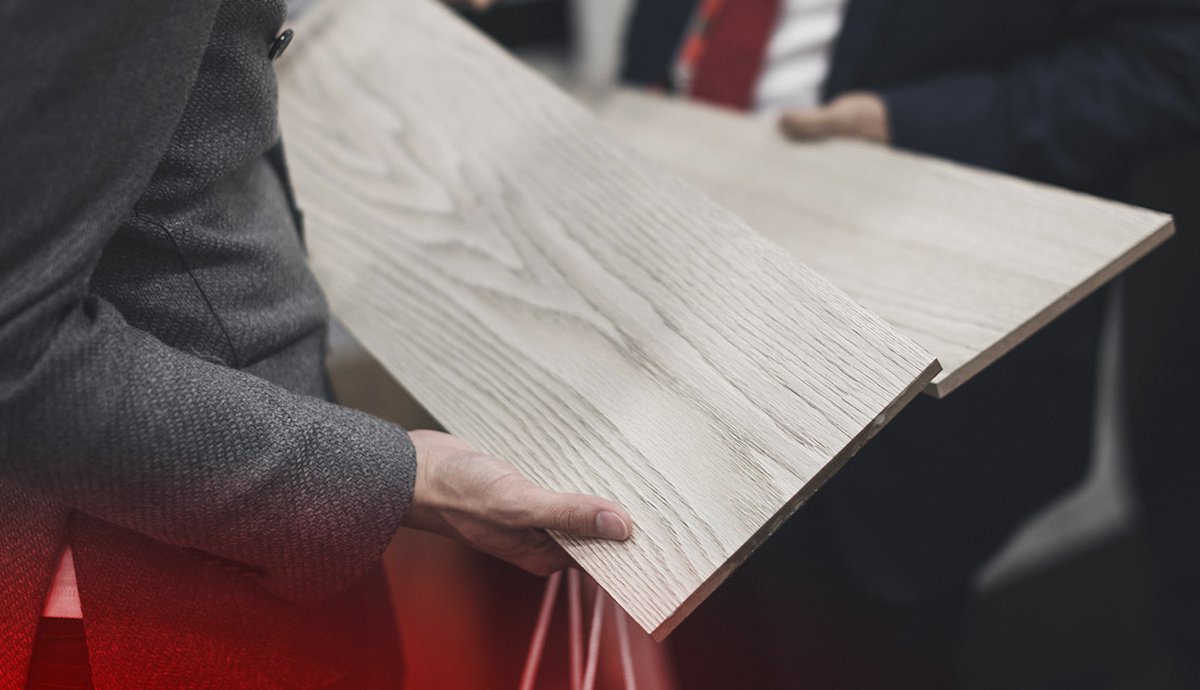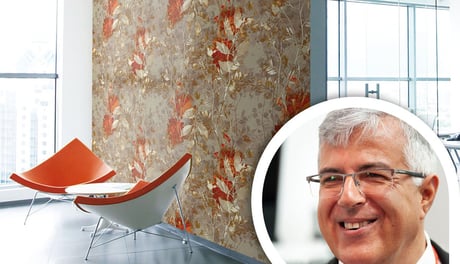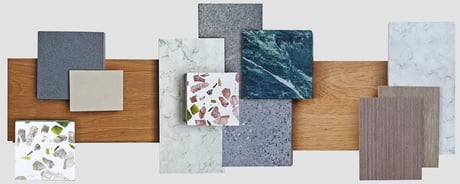
How many times have you had to say ‘no’ to a customer because they requested a unique finish, perhaps in just a few hours, or wanted a highly customised texture? How many times was that customer you?
Industrial digital printing is very much the technology of the moment for the manufacturing sector. All over the world, in a wide range of industries, businesses have discovered its massive potential. Wood, plastic, packaging, metal, ceramic, fibre cement: digital printing can be used with a host of materials, giving them previously unthinkable levels of flexibility and customisation. Keep reading to find out all the advantages of digital printing.
The digital printing revolution
Something has changed in the finishing industry. Until recently, customising the finish, meeting specific requests and producing very small batches was a nuisance that meant worrying costs, risky downtime, low quality and, ultimately, a loss of money.

Now, though, creating small personalised batches is an opportunity. Innovative digital printing generates immediate earnings on the individual orders the technique now makes feasible and, in the long term, leads to a remarkable increase in business. The ability to penetrate new markets and expand a business while keeping production costs competitive is driving more and more companies to embrace the ‘digital printing revolution’ and rethink their range of products and services.
At present, coating and finishing are trending towards the innovative mixing and matching of materials: customers are demanding flexibility so they can respond quickly to changes in such trends. Businesses that equip themselves with the technology capable of meeting these needs soon gain a predominant market position.
Learn about the most innovative relief printing technologies: applications, pros and cons and much more.
What is digital printing and how does it work?
Digital printing - based on modules with 4 to 6 colours and fully digital data - is an easy-to-control technique that delivers repeatable quality and results over time. It involves just a few simple steps. We begin with a model of the colour or aesthetic rendering we wish to reproduce. There are two possibilities:
- Create an initial graphics file (this might be a photo, a pattern, a specific colour code or any other image)
- Scan a pattern to be replicated via printing. You can scan any pattern, natural or otherwise. What’s incredible is that the scanners we use faithfully replicate not just the image but also the texture of the initial sample!

Once you’ve defined the effect to be reproduced, the innovative Cefla-developed digital printing solutions come into play. Small or large print runs of the selected image or pattern are possible, in large or small formats, on large or small surfaces, faithfully reproducing visual appearance and tactile effects.
Finishes can be completed with texturing techniques to give surfaces the desired ‘feel’. For example, the J-PRINT-TD industrial printer uses digilogic texturing technology by Zee Tree to produce realistic 3D surface finishes at a resolution of 400 dpi. Thanks to roll-to-roll techniques, digital printing of ‘haptic’ relief effects is also being extended to applications on floors and edges.
Lastly, it’s worth pointing out that finishes obtained with digital printing can, depending on the selected drying system, be either gloss or matt. All this can be achieved with enormous flexibility and, above all, while keeping costs competitive.
Digital printing and the economic advantages
How much does digital print finishing cost? To give an idea of how much a process cycle might cost, bear in mind that cycles require no ‘wearing layers’: for example, to produce vertical surfaces, furniture and doors, the cost of the process is approximately €1.2 - 1.5/m2. Vice-versa, for cycles that do require wearing layers (essentially floors), one should add a further €1 - 1.5/m2. The exact additional cost will depend on the desired abrasion resistance class (AC3, AC4, AC5), the standards with which the products must comply (EN15468 or EN13329) and the desired texturing depth.
The advantages of digital printing for every industry
A finishing line that uses digital printing can be configured to match the industry and the application material, ensuring it responds to specific needs. However, regardless of the industry, regardless of whether a company processes metal, plastic, wood, ceramic, cardboard or even fibre cement, digital printing will always yield some key advantages.
Whatever the field of application, new industrial digital printing technologies let you:
- Combine high productivity with the ultra-customisation required by the market.
- Reduce response times to changing aesthetic trends and fashions
- Create aesthetically appealing, economically sustainable products with outstanding durability (i.e. for both interiors and exteriors).
- Make realistic, precision high-volume reproductions of natural patterns (such as wood) with extremely hard-wearing surfaces, all at contained cost.
Summing up, digital printing technology is an increasingly essential business-booster in multiple manufacturing sectors. Compared to other techniques, the advantages of digital printing are evident: opportunities that stem from being able to keep pace with trends, huge scope for customisation, low costs and excellent production flexibility.
Can you imagine the benefits this technology might have in your business?
Talk to one of our experts and learn more about the potential of digital printing in your business.






